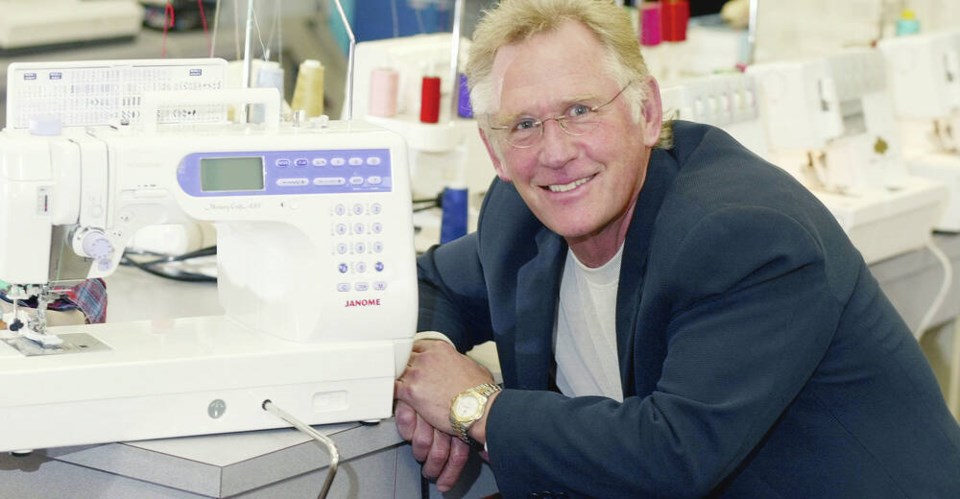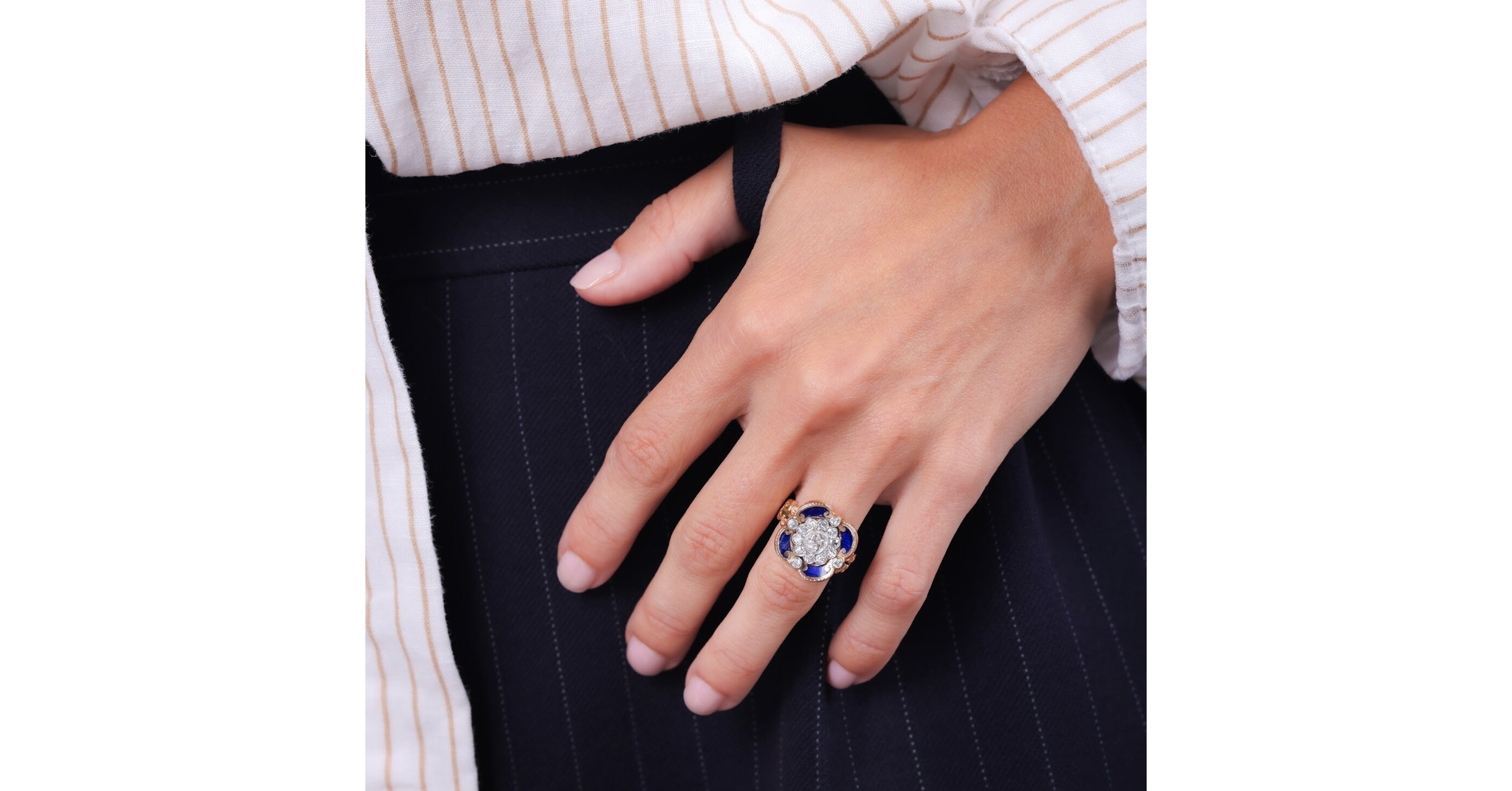University of Arizona researchers have developed a new biological sensing method that can detect substances at the zeptomolar level (what is an astonishingly miniscule amount, at 600 particles per litre). This level of sensing is useful for drug testing and other research. In particular, it has the potential to make new drug discoveries possible.
Beyond this, the advance could lead to portable sensors that can detect environmental toxins or chemical weapons, monitor food quality or screen for cancer. The technology is termed FLOWER, which is an acronym for “frequency locked optical whispering evanescent resonator,” is label-free. The sensing substances can be used in their native state to detect a target compound.
The process involves adding a fluorescent or radioactive tag to make a target compound stand out during testing. The core of the FLOWER tool is a microtoroid – described as a glass doughnut supported by a round pedestal. The microtoroid is coated with chemical compounds that capture the target biochemical agents.
Its rim guides light in a fashion similar to an optical fibre. Light of a very specific wavelength will resonate when it passes through the microtoroid. As disease biomarkers or toxic gases get captured, the resonance wavelength shifts slightly.
By comparing light that passes through the microtoroid to light that comes directly from a tunable laser, and by locking the tunable laser wavelength to that of the microtoroid resonance, researchers can sense.


















